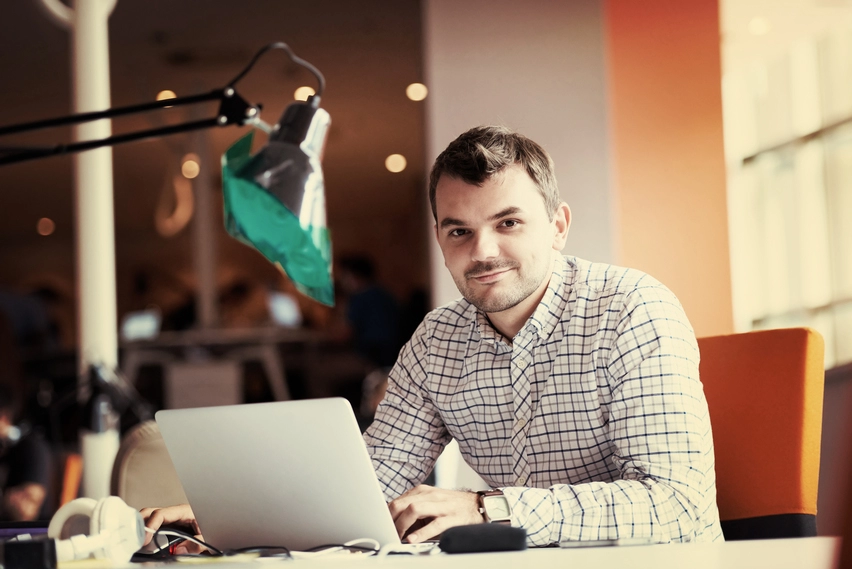Andrew Walton
Proffesor
Professor Andrew Walton is a renowned expert in computational neuroscience and bioinformatics, with over two decades of experience in developing cutting-edge models of brain function and behavior. His groundbreaking work bridges the gap between neural networks and artificial intelligence, positioning him at the forefront of research into how biological systems can inform technological innovations.
Dr. Walton received his Ph.D. in Computational Biology from Stanford University in 2003, where his thesis focused on the development of predictive models for brain-computer interfaces. He has since held faculty positions at prestigious institutions such as MIT and the Max Planck Institute for Brain Research before joining the Institute of Advanced Research (IAR) in 2014.
In addition to his academic roles, Professor Walton has collaborated with leading tech companies on integrating neural network models into real-world applications, particularly in the development of assistive technologies and neuroprosthetics. His research has been published in top-tier journals including Nature Neuroscience, PNAS, and Journal of Computational Neuroscience.
Dr. Walton’s current research interests include:
- Neural dynamics and learning algorithms in the brain
- Bioinformatics approaches to understanding neurological diseases
- Development of AI-inspired, brain-like computational models
- Applications of brain-computer interfaces in neurorehabilitation
Throughout his career, Professor Walton has received numerous awards, including the Early Career Award from the Society for Neuroscience in 2010 and the Pioneer Award in Bioinformatics from the American Association for the Advancement of Science (AAAS) in 2017.
He actively mentors graduate students and postdoctoral researchers, fostering a new generation of interdisciplinary scientists. When not in the lab, Dr. Walton enjoys exploring modern applications of neuroscience in the arts, often hosting workshops on the intersection of neural networks and creative expression.


